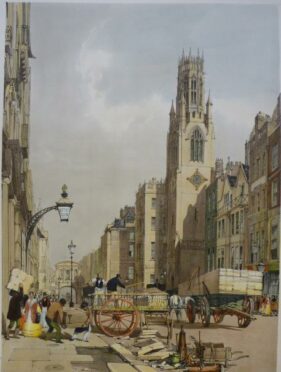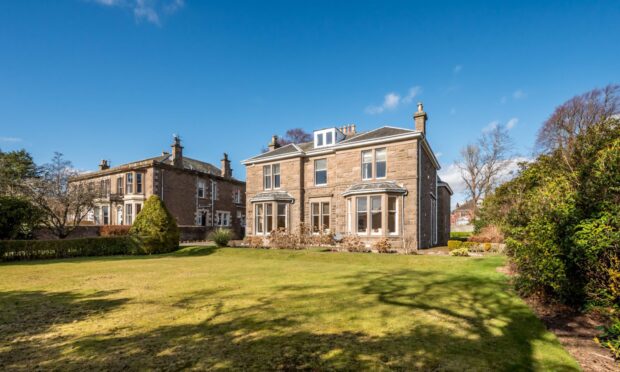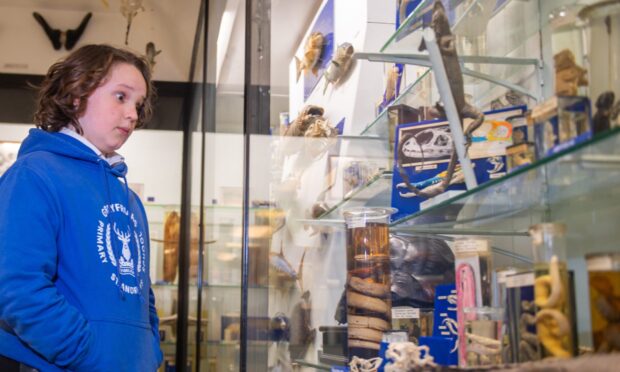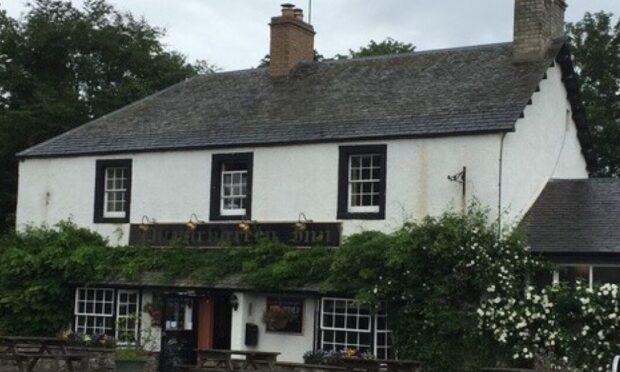Storey’s Ltd, an antique map specialist in London, caught my eye with an example from a series of London views drawn by Thomas Shotter Boys not long after Queen Victoria came to the throne.
An original lithograph titled St Dunstans &c. Fleet Street, 13 x 17 inches in size, it was completed by hand-colouring and published in 1842.
It is dominated by St Dunstan’s in Fleet Street, the traditional home, of course, of journalism.
Survived the Great Fire of London
The picture shows the church in what must have been as-new condition, as it was completed less than a decade before Boys sat down to sketch the scene.
The first mention of a church on the site was around the year 1170.
The core of that medieval church survived the Great Fire only to be demolished as part of the widening of Fleet Street, when the present church was built as a replacement in 1832-33.
During the 16th and 17th Centuries, the area around St Dunstan was known for publishers and booksellers.
Publishers of great works
Among these was John Smethwicke, who published Shakespeare’s first works.
Richard Marriot, a St Dunstan’s bookseller, brought out Isaak Walton’s Complete Angler and Matthias Walker was one of the publishers of John Milton’s The Paradise Lost.
Fittingly, therefore, the church’s present next-door neighbour at 185 Fleet Street is none other than DC Thomson of Dundee.
They proudly became the last major publisher in Fleet Street in 2009, when Agence France-Presse moved out of the area.
Drawn and published by Thomas Shotter Boys in 1842, in a series titled Original Views of London As It Is, the lithograph is priced at £650.










